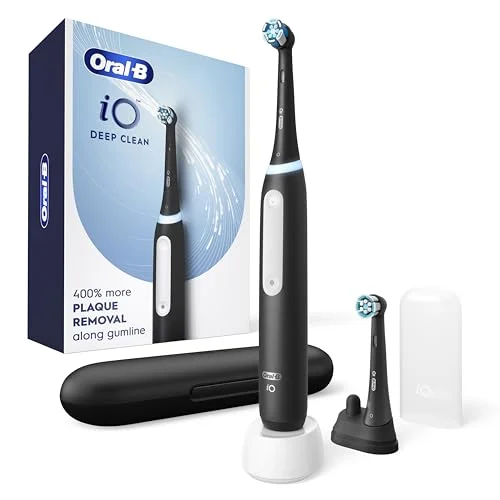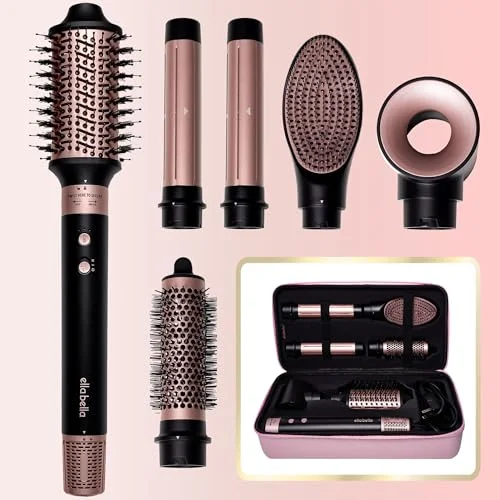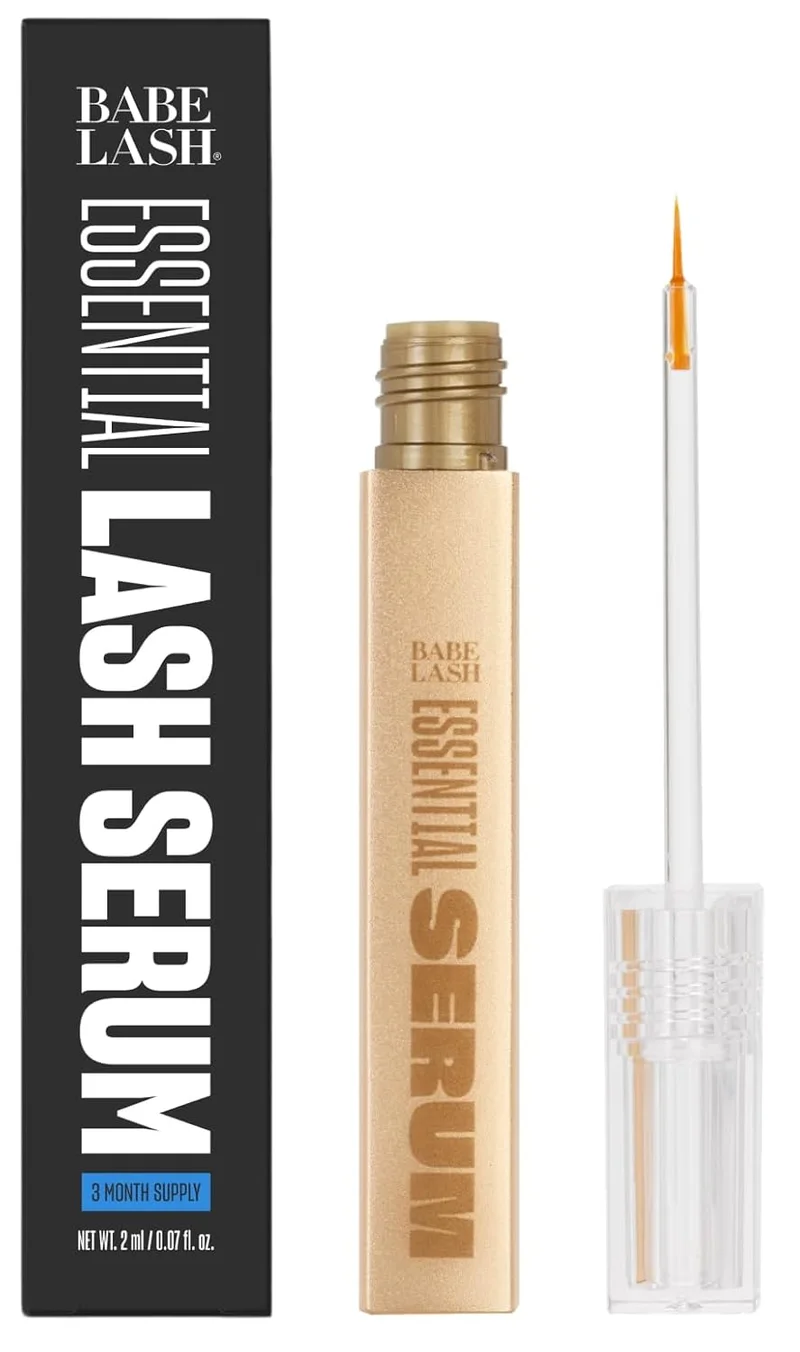10 Best Red Light Therapy For Hair Loss of 2025
Discover the best red light therapy solutions for hair loss! Uncover how these innovative devices can boost hair growth and transform your routine. Dive into our comparison to find your perfect match!
Updated: July 28, 2025

Jitesy Laser Cap Hair Growth Therapy System
- FDA cleared for safety and effectiveness.
- Suitable for both men and women.
- Convenient hands-free treatment at home.

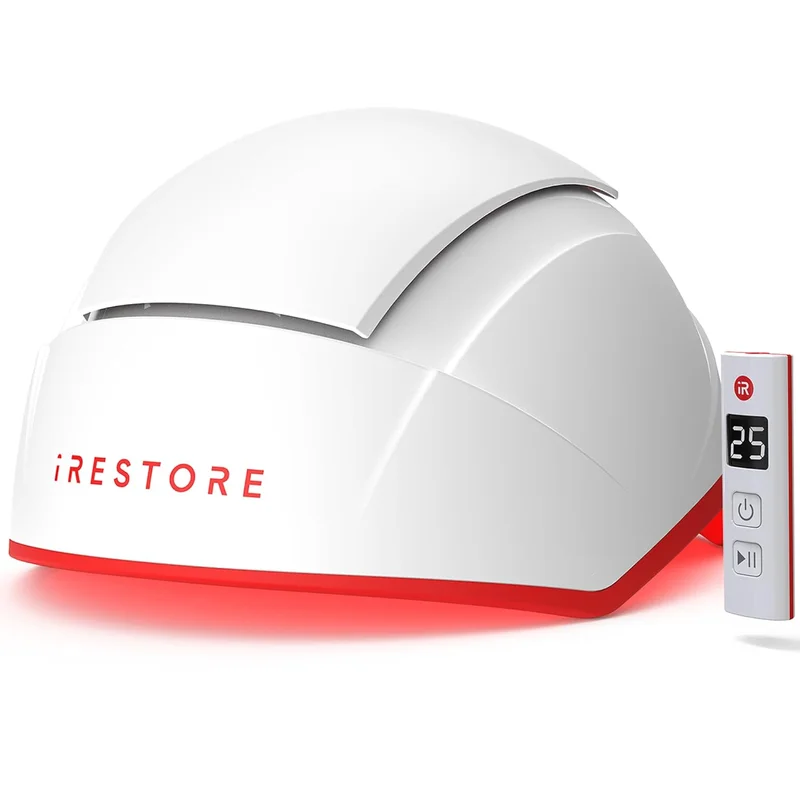
iRestore Professional Laser Hair Growth System
- FDA-cleared for safe and effective use.
- Features 282 lasers and LEDs for coverage.
- Suitable for both men and women.

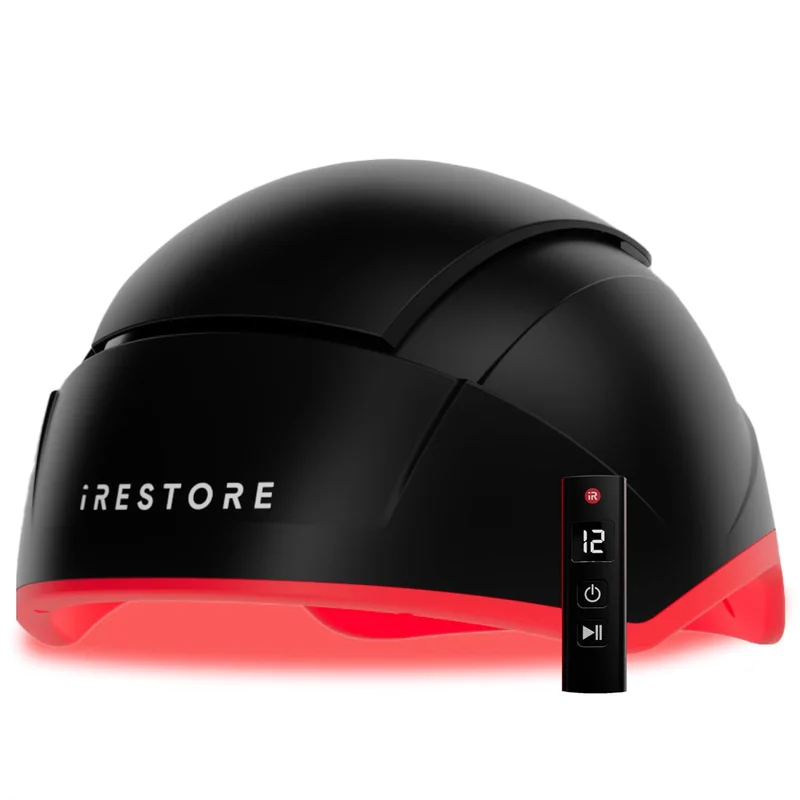
iRestore Elite Laser Hair Growth System
- FDA-cleared for safe hair regrowth treatment.
- Suitable for both men and women.
- Promotes denser, fuller hair effectively.

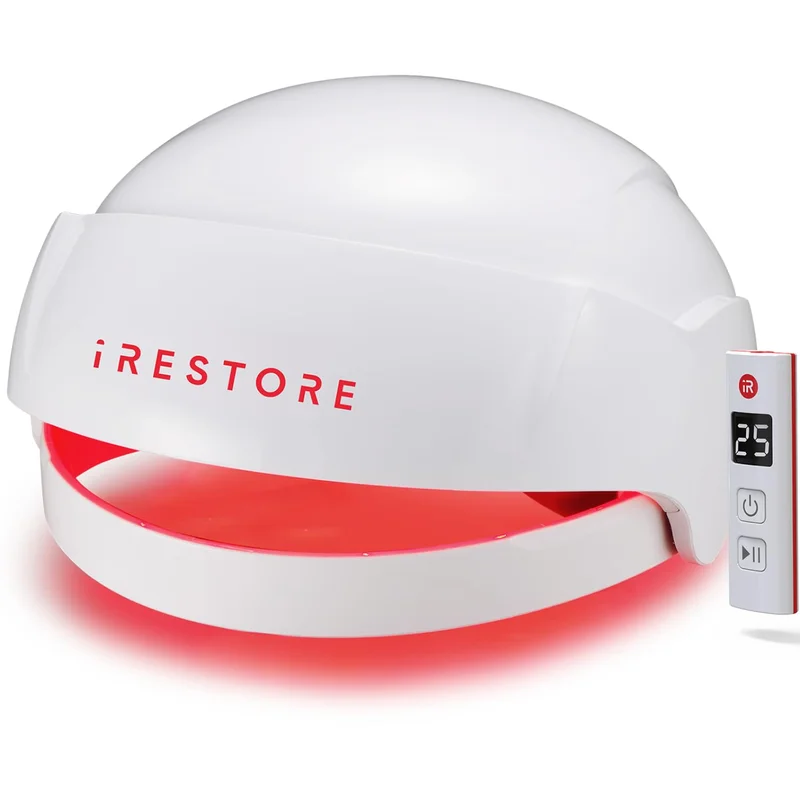
iRestore Essential Laser Hair Growth Therapy
- FDA cleared for safe and effective use.
- Suitable for both men and women.
- Promotes denser and fuller hair growth.

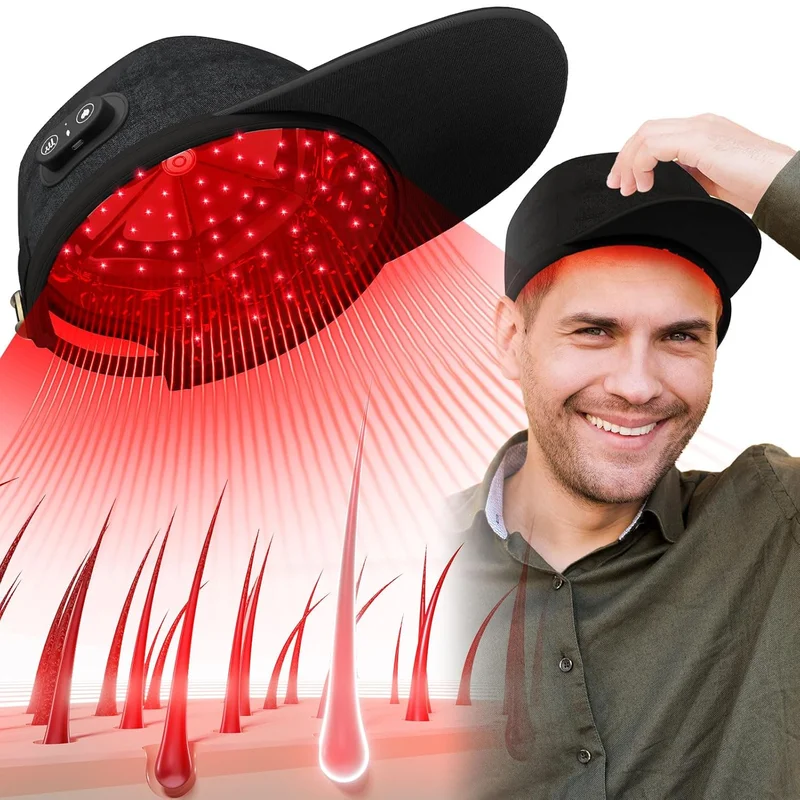
HaSoCare Laser Cap for Hair Growth
- Effective red light therapy for hair growth.
- Strengthens roots for healthier hair.
- Suitable for both men and women.

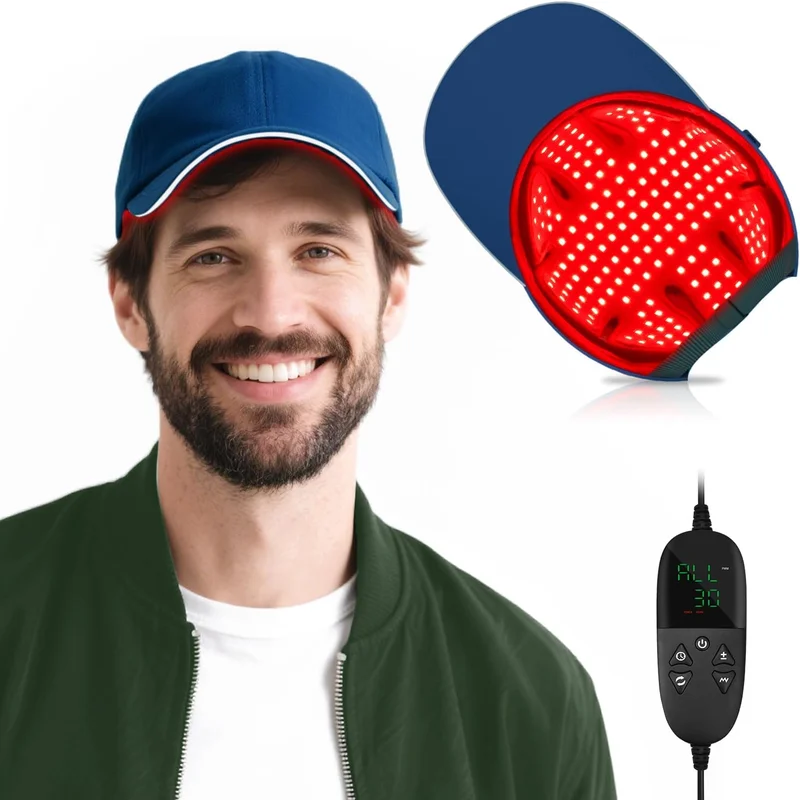
Red Light Therapy Cap with Adjustable Size
- Adjustable size for a comfortable fit.
- Multiple wavelengths for versatile light therapy.
- Pulse mode enhances treatment effectiveness.

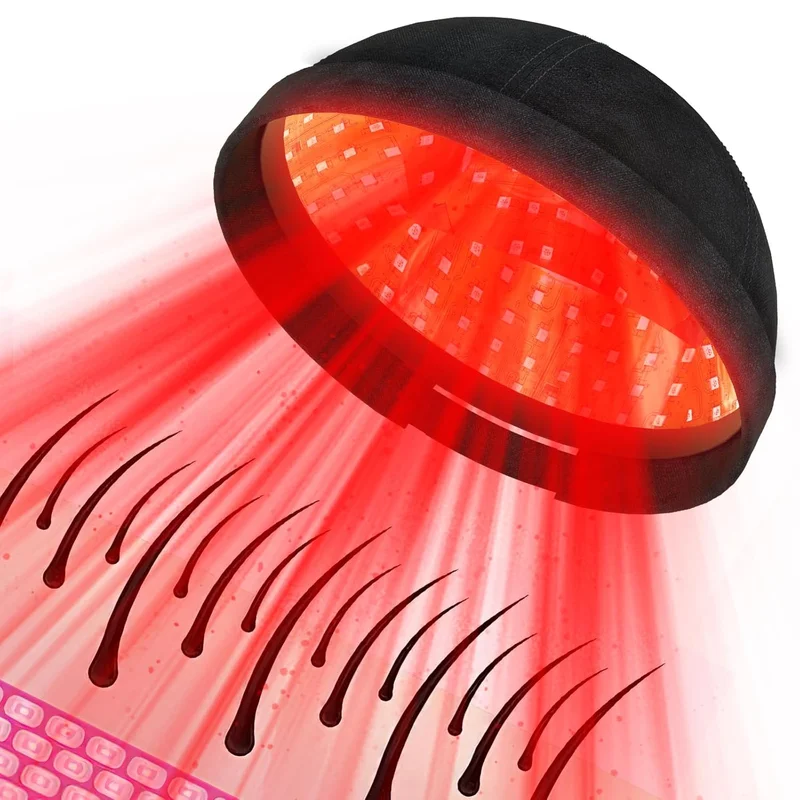
PUPCA Laser Cap Hair Growth Treatment
- FDA cleared for trusted, safe use.
- Suitable for both men and women.
- Professional-grade lasers for effective treatment.

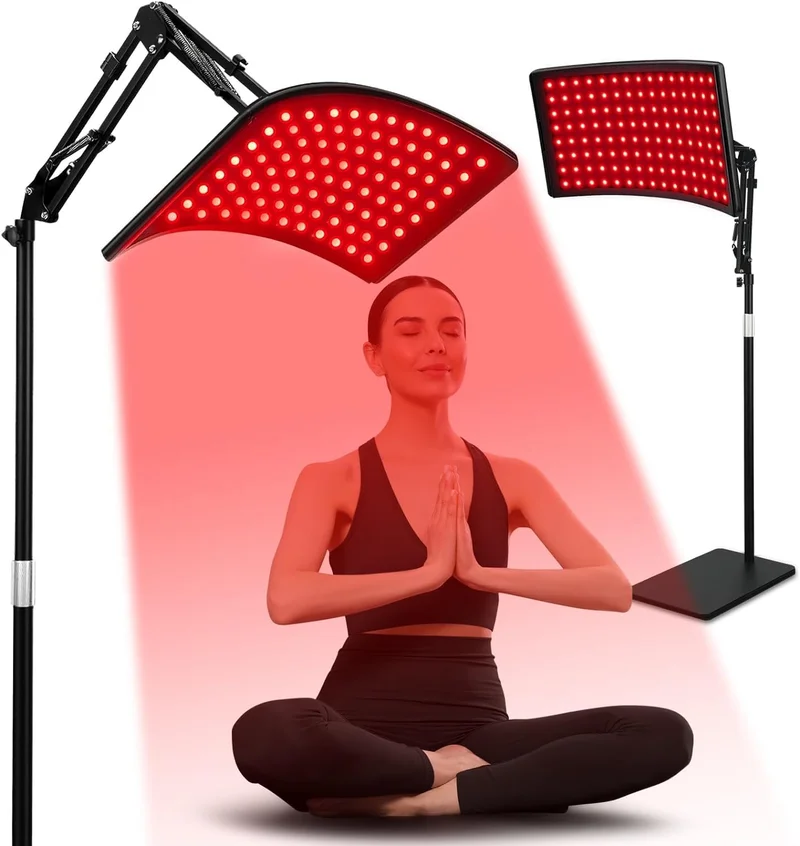
Viconor Red Infrared Therapy Lamp with Stand
- Adjustable stand for easy positioning.
- Dual wavelengths for comprehensive therapy benefits.
- Portable design for convenient home use.

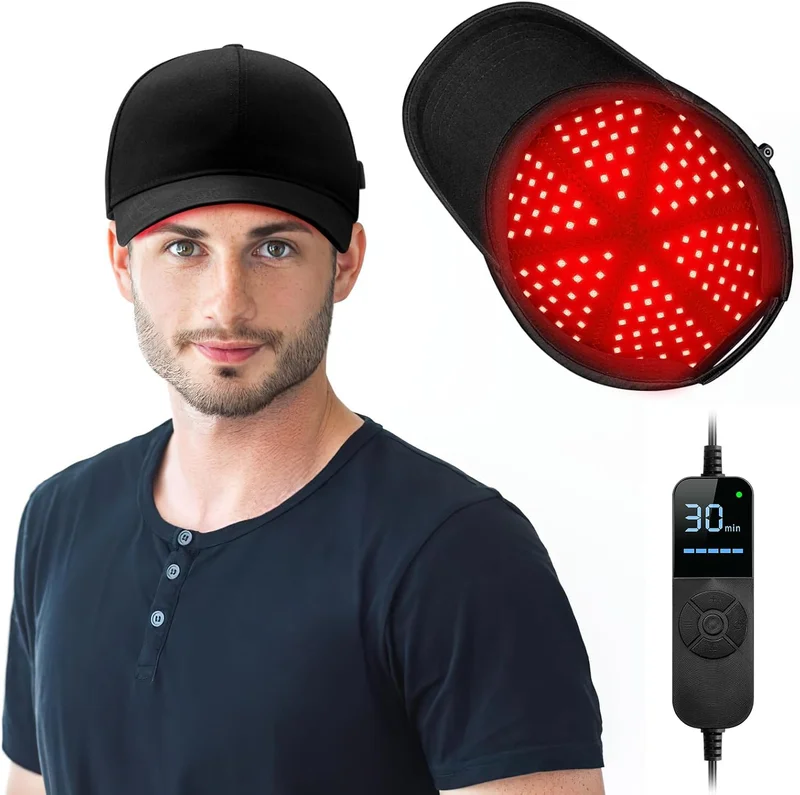
Viconor Laser Hair Growth Cap
- Convenient hands-free hair treatment option.
- Safe, non-invasive technology for hair growth.
- Adjustable fit for comfortable everyday use.

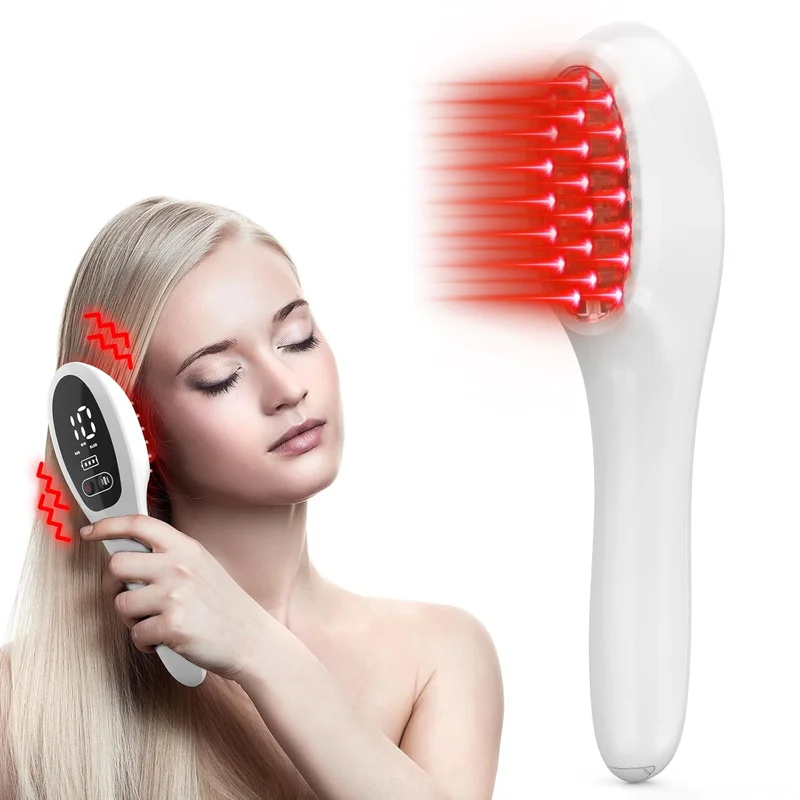
PUPCA Laser Hair Growth Comb
- Easy-to-use, hand-held comb design.
- Promotes hair growth for all genders.
- Utilizes low-level laser therapy effectively.

Tired of Hunting for Deals?
Get the best daily discounts delivered straight to your inbox
You Might Also Like
Overview of red light therapy for hair loss
Hair loss can be a distressing experience, affecting self-esteem and confidence for many individuals. With advancements in technology, red light therapy has emerged as a promising solution for those seeking to combat hair thinning and stimulate regrowth. This non-invasive treatment uses specific wavelengths of light to penetrate the scalp, promoting circulation and encouraging hair follicles to grow healthier and thicker strands. In this guide, we'll explore the best red light therapy devices available, helping you understand their benefits and features so you can make an informed choice to enhance your hair care routine.
Top red light therapy for hair loss
Frequently Asked Questions
How effective is red light therapy for hair loss?
Red light therapy for hair loss is considered effective by many users, as it promotes hair growth by stimulating hair follicles. Studies suggest that consistent use can lead to thicker, fuller hair over time.
Are there any side effects of using red light therapy for hair loss?
Red light therapy for hair loss is generally safe and non-invasive, with minimal side effects. Some users may experience mild scalp irritation, but this is typically rare and temporary.
How often should I use red light therapy for hair loss to see results?
For optimal results, it's recommended to use red light therapy for hair loss several times a week. Consistency is key, and most users begin to notice improvements within a few months.
Can red light therapy for hair loss be used in conjunction with other treatments?
Yes, red light therapy for hair loss can be combined with other treatments like topical solutions or medications. It's always a good idea to consult with a healthcare professional to tailor a plan suited to your needs.
Is red light therapy for hair loss suitable for all hair types?
Red light therapy for hair loss is suitable for most hair types and can be particularly beneficial for those experiencing thinning or shedding. However, results can vary, so individual experiences may differ.

